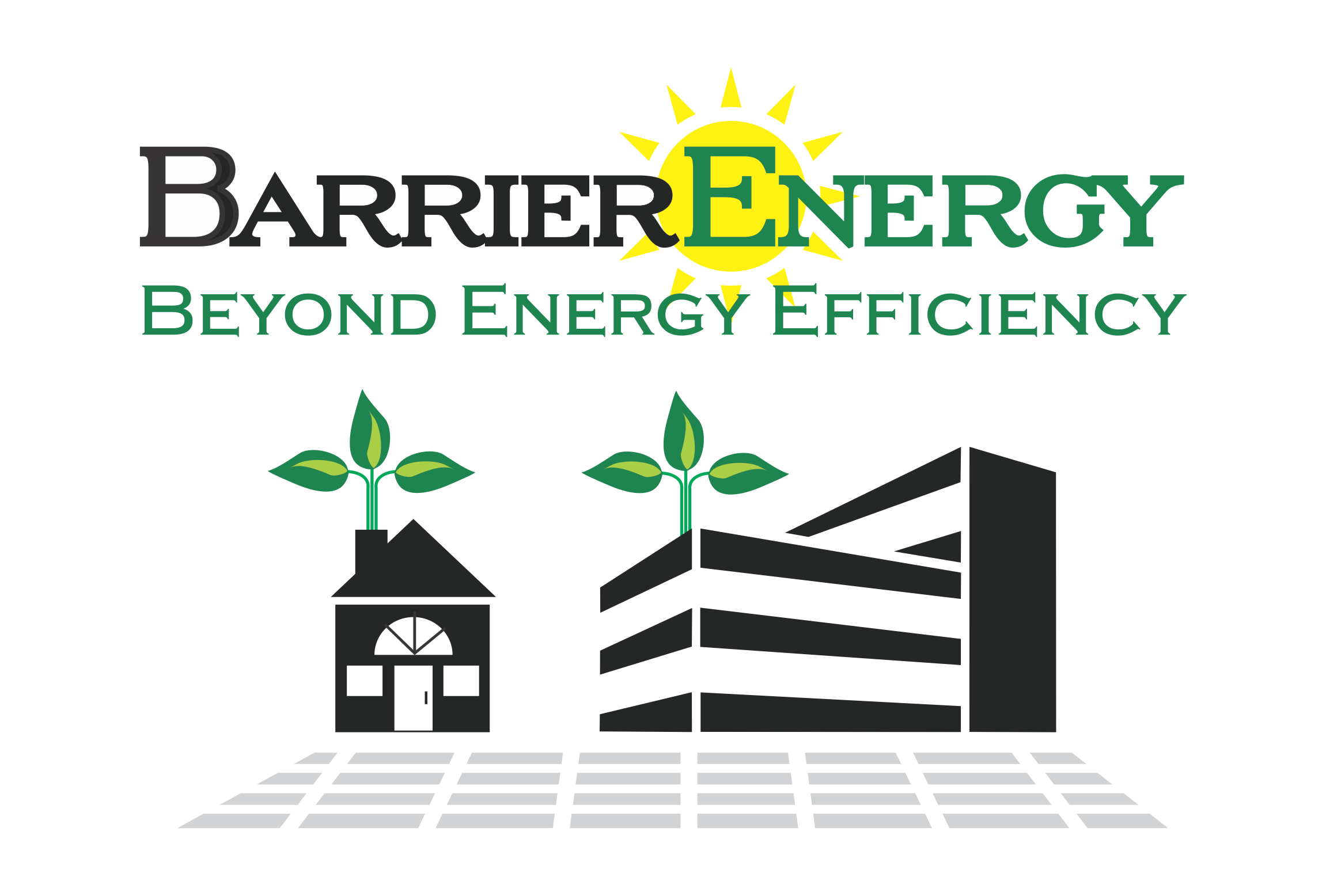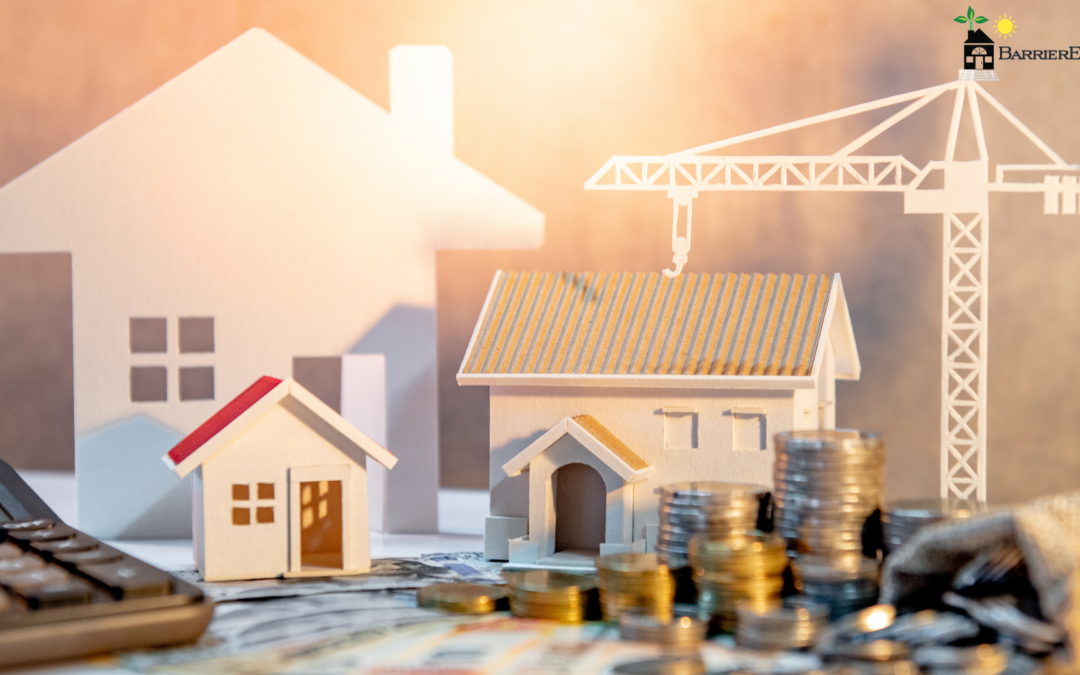Which Energy-Efficient Upgrades Should I Choose?
Frequently, we get the question about the most cost-effective upgrades when remodeling older homes. Many homeowners have concerns about their energy bills but don’t want to spend an enormous amount on energy-efficient upgrades. As experts in the Home Energy Rating System, our first recommendation is always to get an energy audit. An energy audit, also known as an energy rating, is a tool we use to determine the efficiency of a particular home. As a result, we are able to diagnose particular areas of concern. Each home is different, and what works for one person may not be the best solution for someone else. However, in this article, we will review some energy-efficient upgrades that are effective in most circumstances.
Insulation
The U.S. Department of Energy states homes built in the 1980s have little to no insulation. For reference, California didn’t adopt Building Efficiency Codes until 1978. It wasn’t until the 90s that significant insulation became standard. From then until the present day insulation efficiency values, installation techniques, and code enforcement have continued to improve. Quality insulation installation, which requires air-tight insulation, didn’t become a prevalent part of the California Code until 2019. So, even newly built homes could still have significant insulation gaps.
When considering insulation upgrades, you can choose to stick with accessible areas or you may want to go with an extensive remodel. Particularly the older your home is, the more sense it makes to redo wall insulation. An alternative option for homeowners working with a budget is to focus on accessible spaces such as the ceiling and roof. Most homes have unconditioned attics where a majority of heat transfer occurs. Especially if the HVAC system is located in the attic, then adding insulation along the roofline is greatly beneficial.
Duct Leakage
Another common cause of inefficiency is duct leakage. Installers often don’t properly seal ductwork, while it’s a relatively simple fix. Before you allow an installer to propose thousands of dollars on extensive duct or system replacement, it makes sense to spend a few hundred dollars investigating. We can verify the exact amount of air loss with a duct leakage test. Locating the source of air leakage is another issue, though. We locate sources of leakage by filling the ductwork with non-toxic smoke. If the source of the leak is accessible, electricians’ tape can seal the leak.
Lighting
We include lighting in this list because it’s one of the cheaper and easier options to resolve. Keep in mind that lighting doesn’t account for a huge amount of energy usage, so annual savings won’t be extraordinarily different. Still, in the case that fluorescent lighting is upgraded to LED, the lifecycle savings outweigh the expense.
Energy Efficiency Recommendations Report
According to the DOE, energy audits identify upgrades that can reduce energy bills by 20% or more on average. Contact our team to schedule your home energy audit today. Our package includes an official energy rating certificate, energy efficiency recommendations, and a cost summary. With this tool at your fingertips, you have all the resources you need to make an informed decision.
Energy Efficient Mortgages
Are you interested but unable to afford energy-efficient upgrades? An Energy Efficient Mortgage is the fix for you. Through the Federal Housing Administration, you can include costs for energy-efficient upgrades when you purchase or refinance a home. The first step in the EEM process is to get an energy audit. Don’t hesitate, you can get started today!


Recent Comments